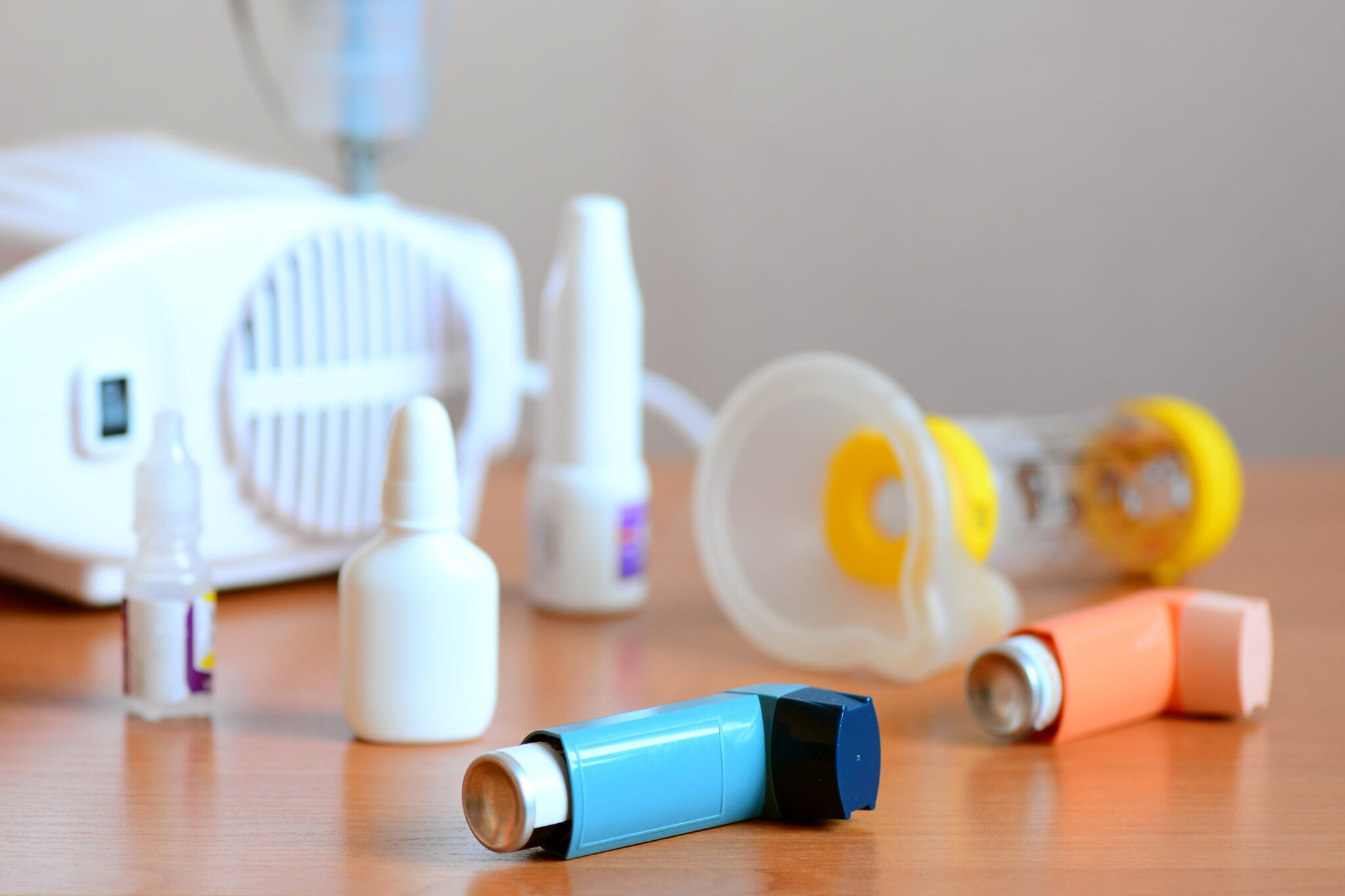Researchers of the phase 4, head-to-head EVEREST trial found that dupilumab outperformed omalizumab in adults with severe chronic rhinosinusitis with nasal polyps (CRSwNP) and uncontrolled asthma. These results were seen not only in upper-airway outcomes (nasal polyp scores, smell identification) but also on lung function. At 24 weeks, dupilumab produced greater gains in FEV₁ and significantly improved both small-airway flow (forced expiratory flow at 25, 75%) and forced vital capacity compared with omalizumab, suggesting better relief of type 2 inflammation across the airway. These lung function benefits were seen as early as week 12 and were maintained through week 24. The consistency of response across multiple airway measures strengthens the signal in favor of dupilumab.
Because dupilumab blocks IL-4/IL-13—key drivers of type 2 disease—it may better address the shared pathophysiology of CRSwNP and asthma than omalizumab, which targets IgE. Investigators noted that patients with CRSwNP plus asthma typically have more severe disease and higher burden, so these data can help clinicians choose among biologics when asthma control and exacerbation risk are priorities. Taken together, the trial positions dupilumab as a biologic with both broader and deeper airway benefits in this comorbid population.
Reference: Kunzmann K. Dupilumab Bests Omalizumab in Airway Improvement for Patients with CRSwNP and Asthma. HCPLive. Published October 22, 2025. Accessed October 31, 2025. https://www.hcplive.com/view/dupilumab-bests-omalizumab-airway-improvement-patients-crswnp-asthma
Link: https://www.hcplive.com/view/dupilumab-bests-omalizumab-airway-improvement-patients-crswnp-asthma








